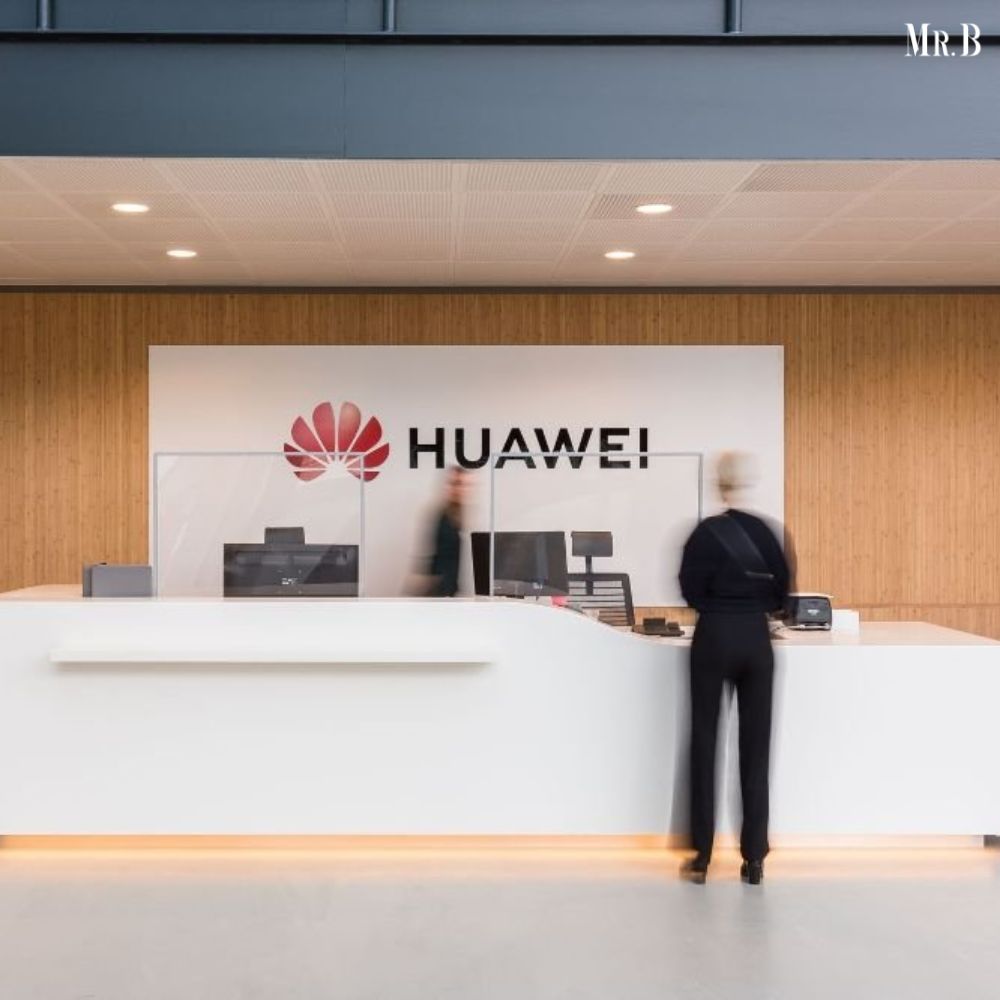Understanding Anti-Money Laundering: A Comprehensive Guide
- Category: Finance

In the realm of finance and economics, the term “anti-money laundering” (AML) has garnered significant attention. With the rise in financial crimes and illicit activities, the implementation of robust AML measures has become imperative. In this article, we delve into the intricacies of anti-money laundering, exploring its significance, key principles, and frequently asked questions to provide you with a comprehensive understanding.
The Significance of Anti-Money Laundering:
Anti-money laundering refers to the set of regulations, policies, and procedures designed to prevent the illegal generation of income through criminal activities. These activities include drug trafficking, terrorism financing, corruption, and other forms of illicit conduct. By implementing effective AML measures, financial institutions, and regulatory bodies aim to detect and deter money laundering activities, safeguarding the integrity of the financial system.
Key Principles:
1.Customer Due Diligence (CDD):
Anti money laundering protocols emphasize the importance of conducting thorough customer due diligence to verify the identities of clients and assess the risks associated with their transactions.
2.Know Your Customer (KYC):

Financial institutions are required to establish and maintain KYC procedures to ascertain the identity, source of funds, and risk profile of their customers, enabling them to identify suspicious activities.
3.Suspicious Activity Reporting (SAR):
A critical component of AML compliance involves promptly reporting any suspicious transactions or activities to the relevant authorities for further investigation.
4.Transaction Monitoring:
Financial institutions utilize sophisticated monitoring systems to scrutinize transactions for unusual patterns or behaviors that may indicate potential money laundering activities.
5.Regulatory Compliance:
Compliance with AML regulations and guidelines issued by regulatory bodies is essential for financial institutions to mitigate the risk of money laundering and avoid legal penalties.

What are the 3 stages of anti-money laundering?
Money laundering poses a significant threat to the integrity of the global financial system, enabling criminals to disguise the origins of illicit funds and integrate them into legitimate channels. To combat this menace effectively, anti-money laundering (AML) initiatives are structured into three distinct stages: detection, investigation, and prevention.\
1.Detection:
The first stage of AML involves the detection of suspicious activities and transactions that may indicate money laundering attempts. Financial institutions employ sophisticated monitoring systems and algorithms to scrutinize customer transactions in real-time. For example, if an individual suddenly deposits large sums of cash into multiple bank accounts without any apparent legitimate source of income, it could raise red flags for potential money laundering. Similarly, transactions involving high-risk countries or entities with dubious backgrounds trigger further scrutiny during the detection phase.
2.Investigation:
Once suspicious activities are flagged during the detection phase, financial institutions initiate investigations to delve deeper into the nature and origin of the transactions. Investigators analyze transactional patterns, customer profiles, and other relevant data to assess the legitimacy of the activities. For instance, if a series of transactions involving multiple intermediaries and complex routing structures is identified, investigators may suspect a money laundering scheme known as “layering” or “structuring.” In such cases, law enforcement agencies may collaborate with financial institutions to gather evidence and pursue legal action against the perpetrators.
3.Prevention:

The final stage of AML focuses on preventing money laundering activities from occurring in the first place. Financial institutions implement robust compliance programs and internal controls to mitigate the risk of money laundering within their operations. This includes conducting thorough customer due diligence, enforcing know your customer (KYC) procedures, and implementing transaction monitoring systems. For example, banks may impose transaction limits and conduct enhanced due diligence for high-risk customers to deter money laundering attempts. Additionally, staff training and awareness programs play a crucial role in empowering employees to recognize and report suspicious activities effectively.
The three stages of anti-money laundering—detection, investigation, and prevention—are essential components of a comprehensive strategy to combat financial crime. By leveraging advanced technologies, conducting thorough investigations, and implementing robust compliance measures, financial institutions can safeguard the integrity of the global financial system and protect against the illicit flow of funds.
Frequently Asked Questions:
Q1: What is the objective of anti-money laundering?
A1: The primary objective of it is to prevent criminals from disguising the origins of illegally obtained funds and integrating them into the legitimate financial system.
Q2: Who is responsible for implementing anti-money laundering measures?
A2: Financial institutions, including banks, credit unions, and other entities involved in financial transactions, are primarily responsible for implementing and adhering to AML regulations.
Q3: How do financial institutions detect suspicious activities?
A3: Financial institutions employ advanced technological solutions and data analysis techniques to monitor transactions in real time, flagging any unusual patterns or behaviors that may indicate potential money laundering activities.
Q4: What are the consequences of non-compliance with anti-money laundering regulations?
A4: Non-compliance with AML regulations can result in severe penalties, including hefty fines, reputational damage, and legal sanctions imposed by regulatory authorities.
Q5: How can individuals contribute to the laundering efforts?
A5: Individuals can contribute to anti-money laundering efforts by remaining vigilant, reporting any suspicious transactions or activities to the appropriate authorities, and complying with AML requirements when engaging in financial transactions.
Conclusion
Anti-money laundering plays a pivotal role in combating financial crimes and preserving the integrity of the global financial system. By adhering to key principles such as customer due diligence, know your customer, and suspicious activity reporting, financial institutions can effectively mitigate the risk of money laundering. However, continued vigilance and collaboration between stakeholders are essential to staying ahead of evolving threats and ensuring a safe and transparent financial environment.
Curious to learn more? Explore this Article on: Mr. Business Magazine







